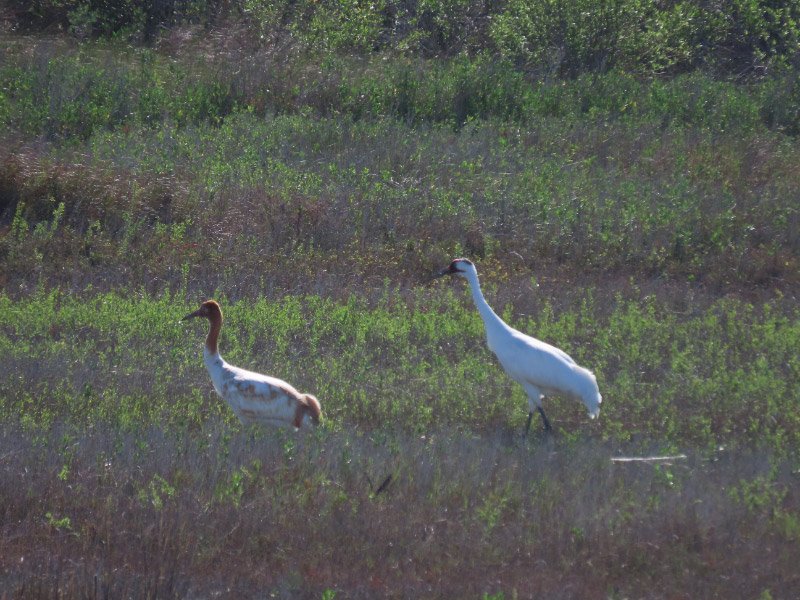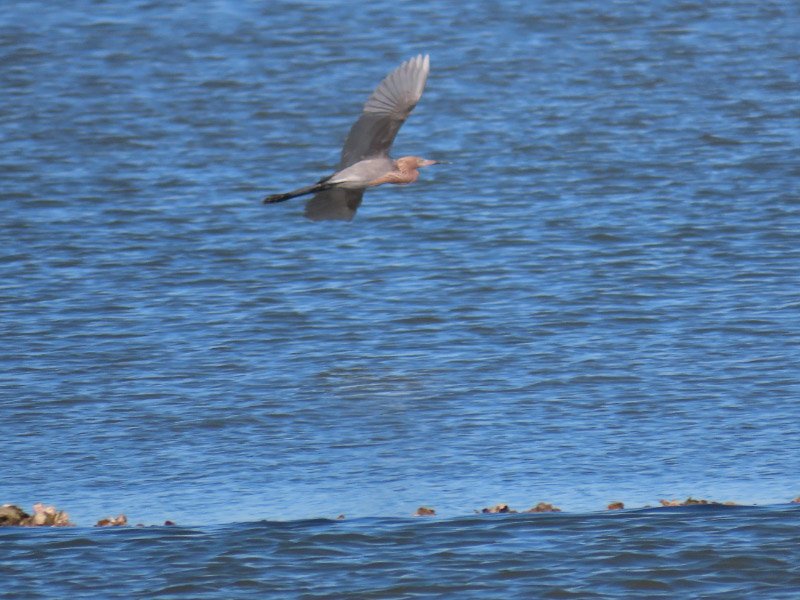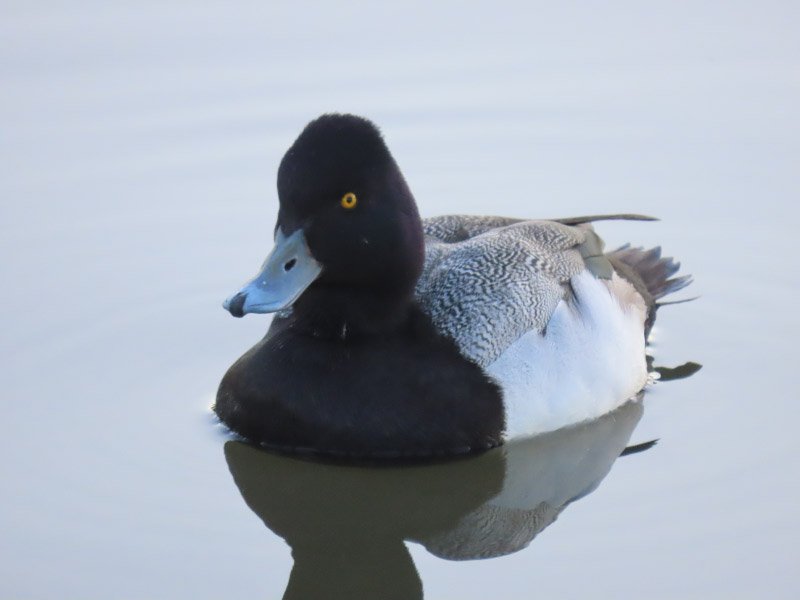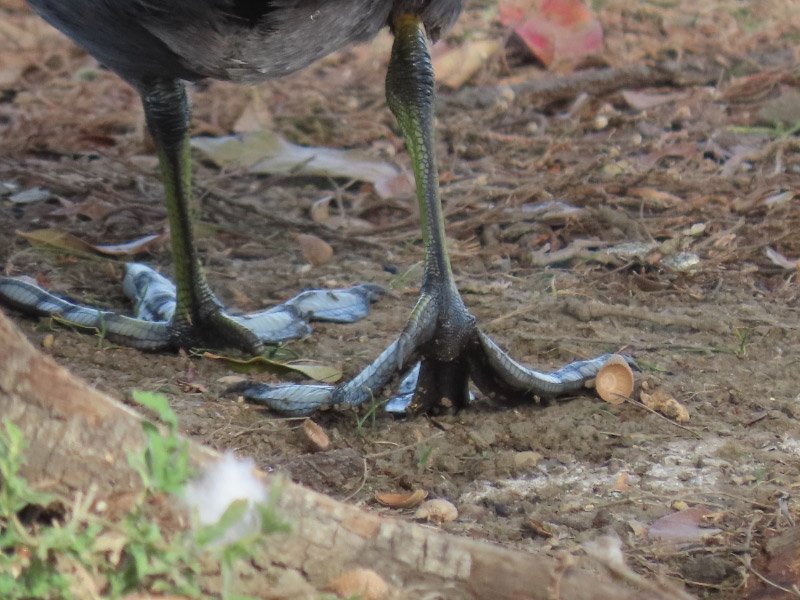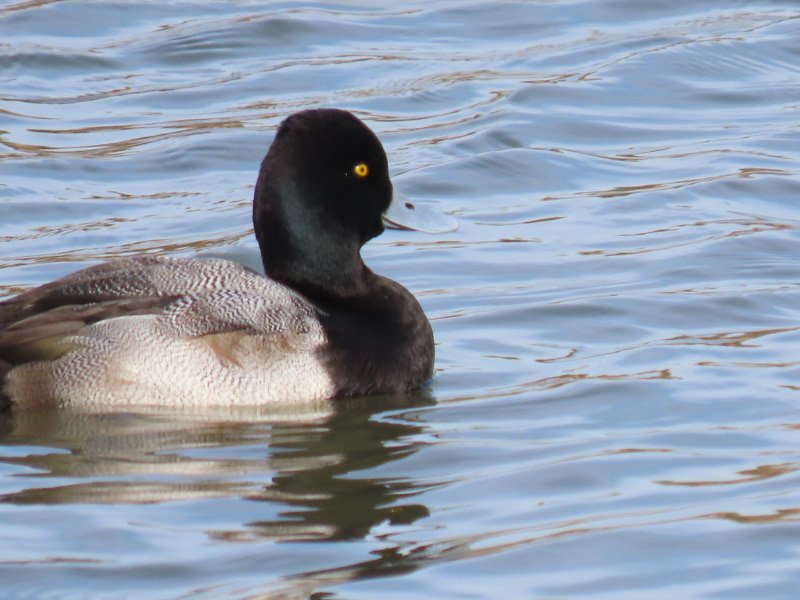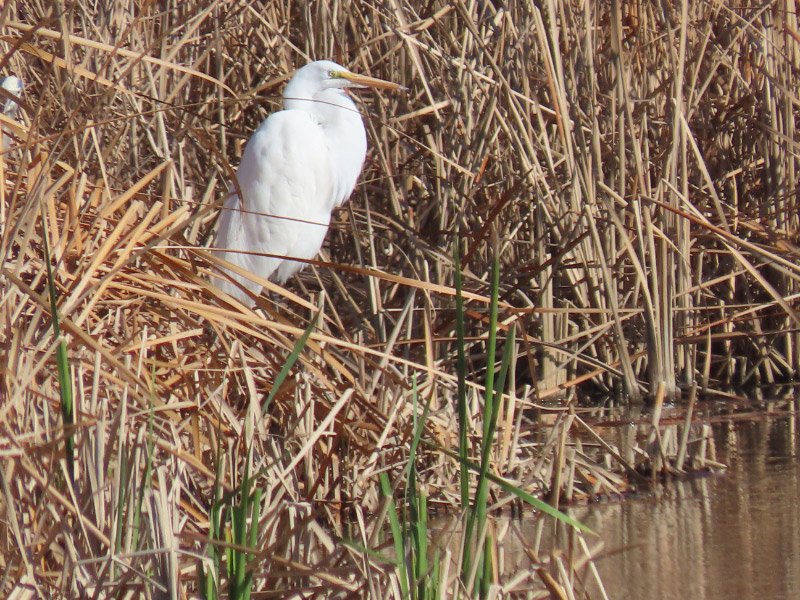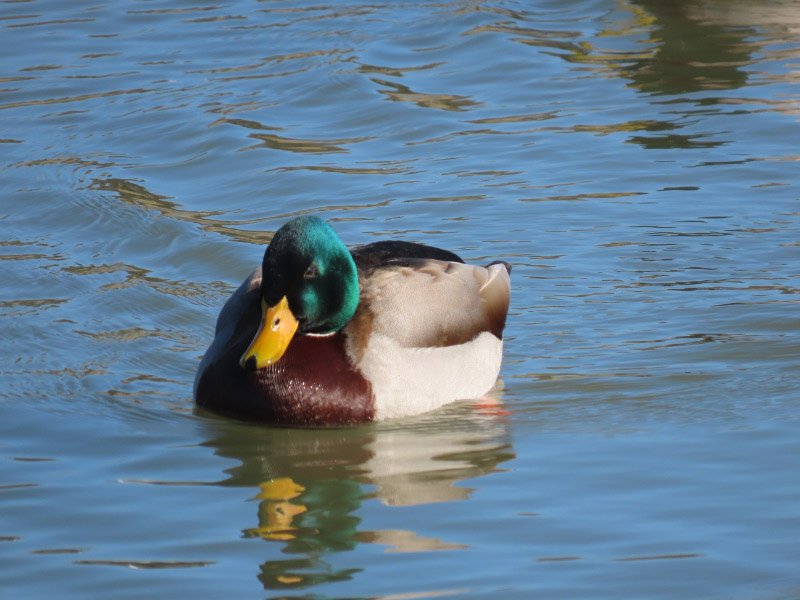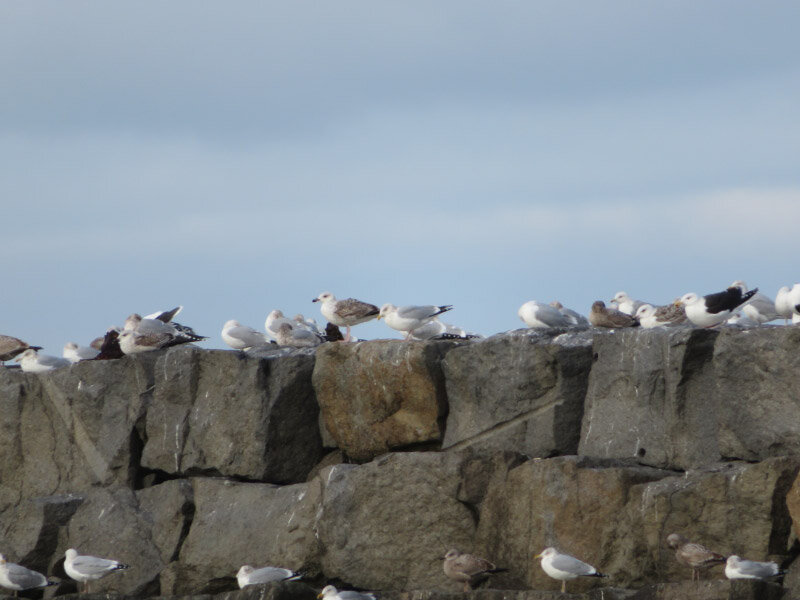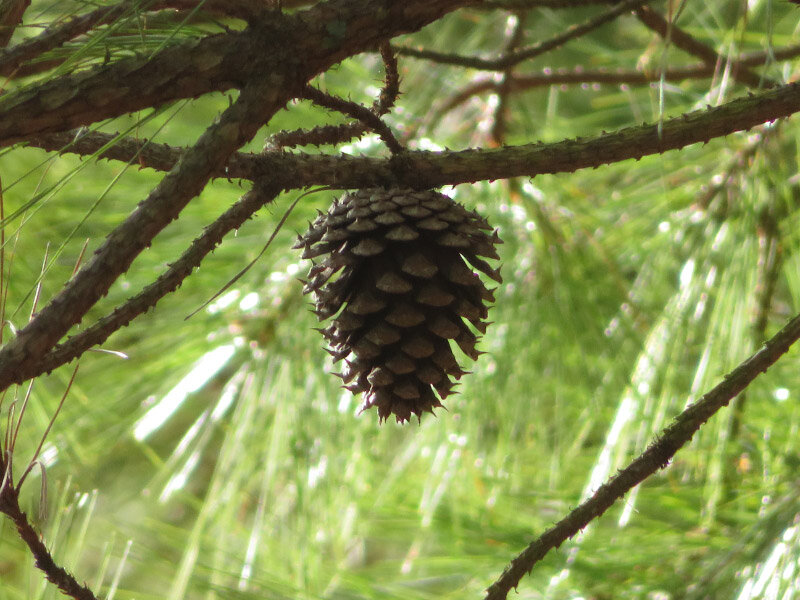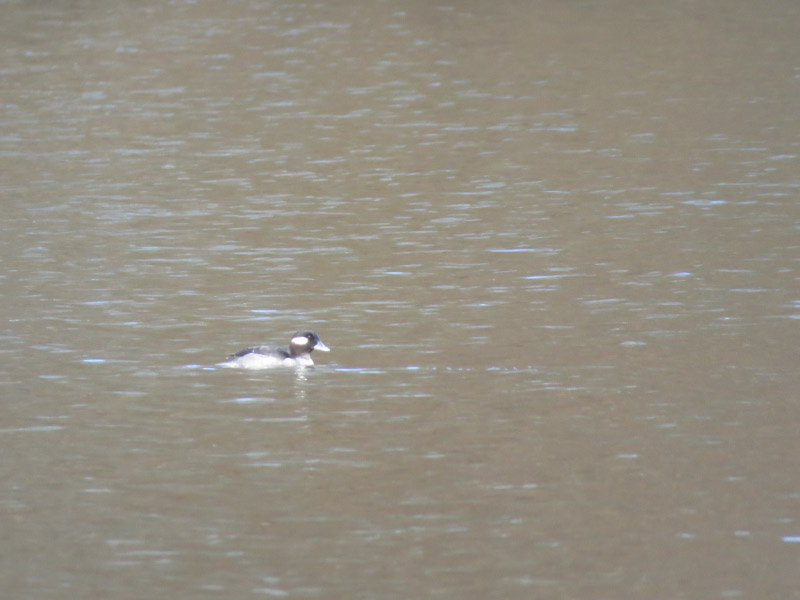Loess Bluffs National Wildlife Refuge (3)
/The trumpeter swans were in groups around the masses of snow geese at Loess Bluffs National Wildlife Refuge. They were easy to spot because of their size and their distinctive shape. Even when they are snoozing, they look different that snow geese.
They do make trumpet-like sounds too. There was a quartet that were interacting and making their sounds…sustaining their activity long enough for me to get a video!
There were a few instances where I couldn’t resist some botanical photographs. A large silver maple already blooming
And a dried stalk from last season with a backdrop of a metal fence.
There were several ducks at a distance that I photographed – good enough for id but not great pictures: Redhead
Common Goldeneye
Bufflehead
We saw mallards, pintails, ring-necked duck, and northern shoveler…but too far away to photograph. I saw a pied-billed grebe, but didn’t get a good picture.
The trip to Loess Bluffs was a learning experience with my new bridge camera. I am noticing that the Nikon Coolpix P950 autofocus does not seem to be as good as my old Canon Powershot SX70 HS….but perhaps I am still learning how to effectively use the Nikon. It is disappointing that the new camera is not already obviously better than the old…but I am determined to continue the learning curve with it rather than reverting to my old camera. I am anticipating a few more disappointing field sessions near term.





































































